Contact Me: howtopbestinfo@gmail.com
Contact Me: howtopbestinfo@gmail.com
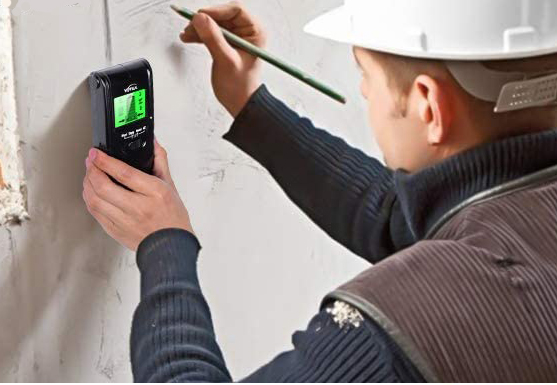
A stud-finder is a device used to locate the wooden or metal studs behind walls and other surfaces. It's particularly useful for people who need to hang heavy items, such as large mirrors or shelves, on their wall without damaging it in any way.
Stud finders are typically small handheld devices that rely on either magnetic force fields (for ferrous metals) or electronic scanning technology (for nonferrous materials).
The main benefit of using a stud-finder is accuracy; rather than guessing where you should drill holes into your wall – which could cause damage if done incorrectly - with this tool you can be sure exactly where the wood framing exists so all drilling will occur safely and accurately.
A great time saver too since no more trial & error guesswork!
Additionally, these tools help keep projects within budget by preventing costly mistakes associated with incorrect measurements when hanging heavier objects like TVs etc…
Another advantage of having one around your home workshop is its ability to detect live wires located inside walls before cutting them accidentally while drilling pilot holes through drywall sheets/panels. Thereby ensuring safety first at all times during DIY renovation work performed indoors / outdoors alike!
A stud finder is a handy tool for finding wall studs and other objects hidden behind drywall or plaster. Here are some tips on how to use one correctly:
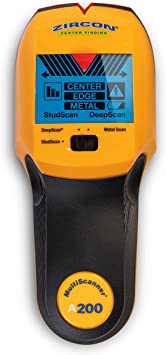
Best value overall, this is the greatest option for all buyers who want the best quality product.
Buy it on Amazon
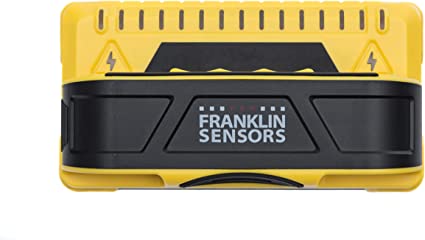
Also very good option for users who are serious about high standard and taste.
Buy it on Amazon
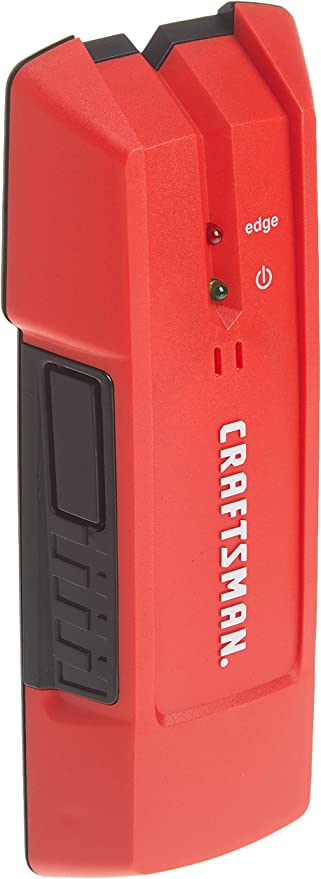
Strike a perfect balance between price and quality, this item is for people who want both.
Buy it on Amazon
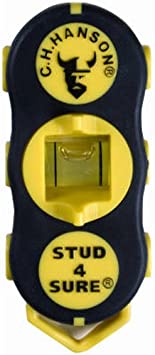
Perfect Alternative for products other than those mentioned above, give it a try!
Buy it on Amazon

Affordable price and well accepted quality, great deal for who have a tighter budget.
Buy it on Amazon
The Stud-Finder is an invention that has been around for decades, and it remains a popular tool among carpenters and DIY enthusiasts alike. The device was invented in the late 1970s by Richard Hirschmann Sr., who worked as an electrical engineer at General Electric Company’s Aircraft Engine Division.
After creating two prototypes of what would become known as the stud finder, he presented his invention to GE management but they were not interested in developing or marketing such a product.
Frustrated with their lack of interest, Mr Hirschmann decided to take matters into his own hands; investing all of his savings into producing several hundred units himself which he sold via local hardware stores near where he lived in Connecticut - thus beginning one man's journey towards becoming one of America's most successful inventors!
As demand grew for this new type of tool over time so did its popularity – eventually leading to numerous improvements being made on its design from various manufacturers across North America (and later internationally) until today.
When you can easily purchase cordless models enabling even more accuracy & convenience than ever before when locating wall studs behind drywall surfaces etc…No matter how technology evolves however there will always be need for tools.
To sum up, buying a stud-finder is an excellent investment for DIYers and professional contractors alike. Not only does it make finding wall anchors easier than ever before, but also allows you to avoid costly mistakes when completing any interior design project. This tool can save time in locating the exact location of joists or other wooden supports concealed within walls quickly and accurately. In addition, many modern models come with additional features such as built-in level indicators that ensure your work will be absolutely perfect every single time! All this makes the purchase of a stud finder well worth its cost..


Etiam porta sem malesuada magna mollis euismod. Cras mattis consectetur purus sit amet fermentum. Aenean lacinia bibendum nulla sed consectetur.
2045-07-06 00:00:00.000000
2045-08-05 00:00:00.000000
2045-08-06 00:00:00.000000
2045-08-08 00:00:00.000000
2045-09-04 00:00:00.000000